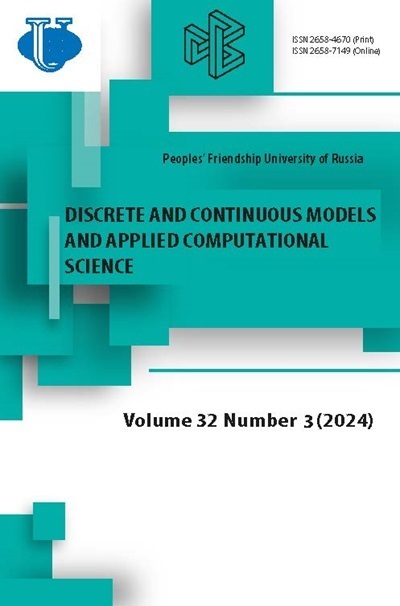Abstract
We consider a waveguide of a constant cross-section S with ideally conducting walls. We assume that the filling of waveguide doesn’tchange along its axis and is described by the piecewise continuous functions ε and μ defined on waveguide cross-section. We show that it is possible to make substitutionwhich allows to work only with continuous functions.
Instead of noncontinuous cross-components of an electromagnetic field E and H we offer to use four potentials ue,uh and ve,vh. We can prove as the generalization of Tikhonov—Samarskii theorem that any field in the waveguide allows representation in such form if we consider the potentials ue,uh as elements of Sobolev space Wo21(S) and the potentials ve,vh as elements of Sobolev space W21(S).
If ϵ and m are the piecewise constant functions then Maxwell’s equations written in four potentialsreduce to a pair of independent systems. This statement give us new approach to theinvestigation of spectral properties of waveguides. First, we can prove the completenessof the system of the normal waves in closed waveguides using standard functionalspaces. Secondly, we can offer new technique for calculation of the normal waves usingstandard finite elements. FreeFem++ program for calculation of disperse lines ofwaveguides is presented. The question of calculation of modes at great values of k=ω/c is also considered.
















